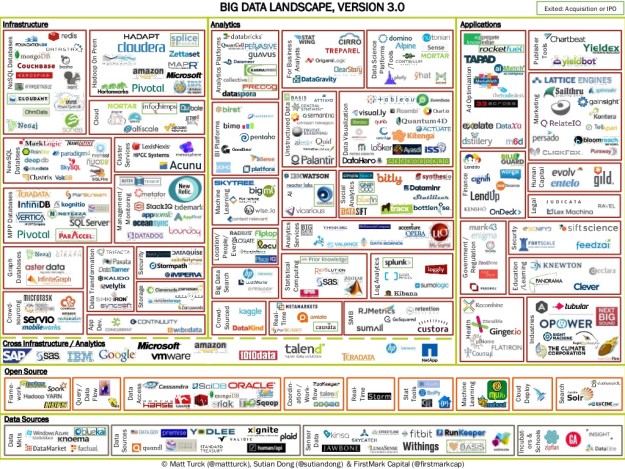Income Inequality, Political Polarization, and Big Data
A fascinating piece in a recent Washington Post article draws a striking comparison between income inequality and political polarization. It suggests a high correlation between greater inequality and more polarization. That’s all well and good, but it’s all meaningless if you don’t hypothesize a causal relationship between the two. And the emergence of big data enables us to go off on more and more efforts that are frequently wild-goose chases.





